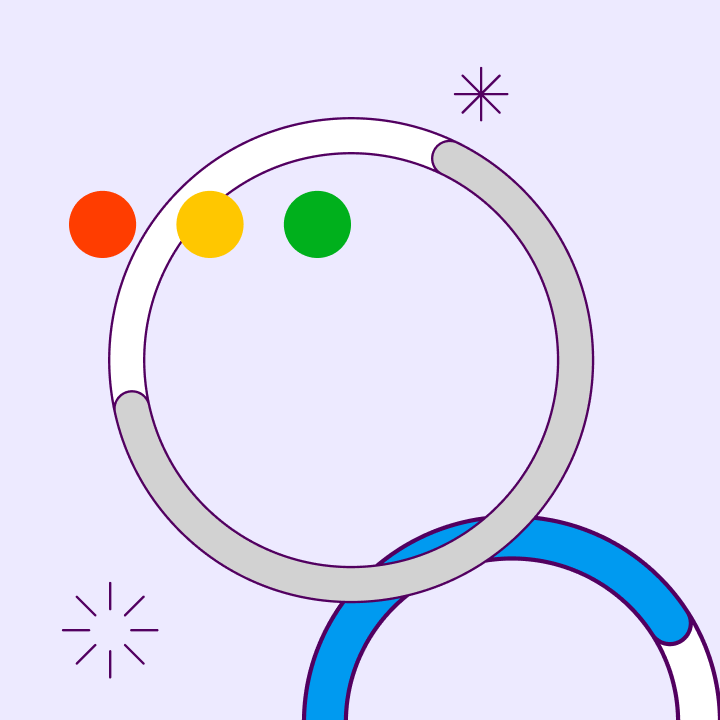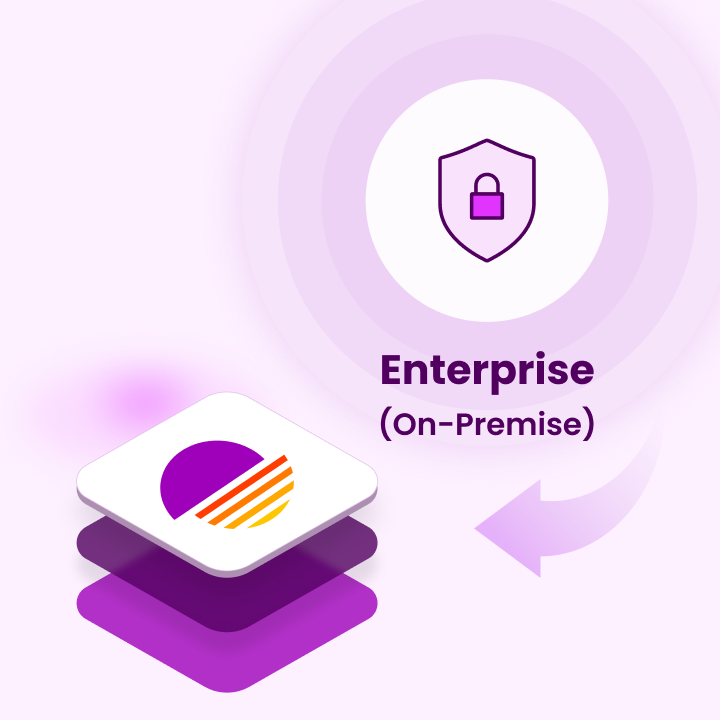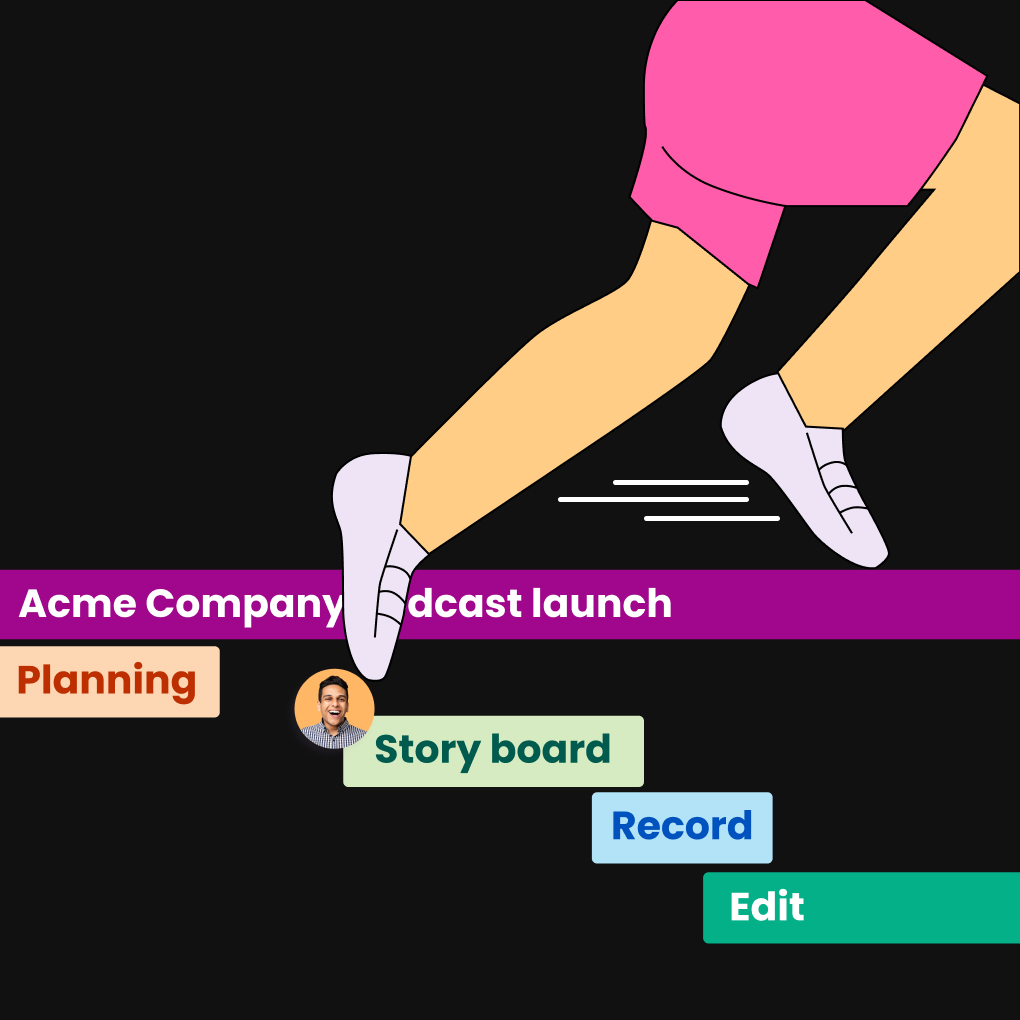What Is a One-Page Business Plan?
A one-page business plan is a streamlined version of a traditional business plan that fits all essential elements onto a single page. It provides a clear, high-level overview of a business by focusing on key components such as the problem, solution, target market, and financial goals.
This format is especially useful for startups, small businesses, or quick strategy sessions, where speed and clarity matter more than lengthy documentation. While it doesn’t replace a full business plan, it serves as a practical reference or pitch document, often referred to as a one-page business proposal.
By keeping it short and focused, entrepreneurs can save time, clarify ideas, and communicate more effectively. With the right structure, a one-page plan can be drafted in under an hour—making it an ideal starting point for turning an idea into action.
When to Use a One-Pager vs. a Full Business Plan
A one-page plan is useful in various situations. Startup founders often use it to test ideas before drafting a formal plan. It helps small business owners maintain clarity in their strategy. Teams can use it to stay aligned without lengthy meetings. Investors may request it for a quick overview before delving into more detailed discussions.
A full business plan is more suitable for complex scenarios. Banks typically require one for loan applications, and larger investors may seek detailed financial projections. Businesses with multiple moving parts benefit from a plan that covers a longer time horizon. However, for many initial tasks, a one-page business plan template effectively meets your needs while saving time.
What to Include in Your One-Page Business Plan
A strong one-page plan covers the essentials without fluff. Each section should be brief yet clear, providing key answers in just a few sentences. Many people start with a one-page business plan template to ensure they include all necessary components.
Problem and Solution
Every business exists to solve a problem. This section should clearly identify the problem and explain how the business addresses it. For example, a meal delivery service might state, “Busy professionals struggle to eat healthy meals. Our fresh, ready-to-eat dinners arrive in under 30 minutes.” The clearer this section, the better.
Target Market
This defines who will purchase the product or service. It should be specific but not overly detailed. Instead of saying “everyone,” a good plan identifies a specific group. For instance, “Owners of small businesses with 1 to 10 employees who spend $500 or more per month on marketing.” The more precise this is, the easier it will be to market effectively later on.
Business Model
This explains how the company generates revenue. Some businesses charge monthly fees, while others sell products outright or earn money through ads or partnerships. For example, “We charge $99 a month for our software, with premium features available for an additional cost.” There should be no ambiguity about revenue sources.
Unique Value Proposition
This highlights what sets the business apart. It provides a compelling reason for customers to choose this company. A strong statement could read, “We’re the only accounting software designed exclusively for freelancers, featuring automatic tax tracking.” Make this section prominent and easy to read at a glance.
Marketing Strategy
This outlines how the business will attract customers. Will it rely on social media ads, referrals, or search engine optimization? For example, “We will run Instagram ads targeting young parents and collaborate with parenting bloggers for promotion.” While not every detail is necessary, the core approach should be clear.
Financial Summary
This offers a snapshot of financial expectations, such as first-year sales goals, major cost targets, and profit objectives. For instance, “Goal: $200,000 in sales in the first year with a 30% profit margin.” Exact figures aren’t always necessary, but realistic estimates demonstrate business seriousness.
Key Milestones
These are significant goals with deadlines that help track progress. This could include launching a new product, reaching a sales target, or hiring a key employee. A plan might state, “Launch beta by March, acquire 1,000 users by August, secure first round of funding by December.” Keeping this section realistic enhances the plan’s usefulness.
Bonus: Visual Concept Page Layout
Some businesses find it beneficial to include visuals in their plan. A concept page may feature color coding, icons, and simple graphs. This approach is particularly effective in creative fields or when presenting to visual learners. However, the design should never overshadow the content.
The simplest visual layouts use two columns instead of one. Key sections might have colored borders or subtle shading. Some people add a small logo or brand colors. It’s crucial for the text to remain readable and for all information to be easily visible at a glance. A one-page business proposal with smart visuals will stand out from a stack of papers.
Tips for Crafting a High-Impact One-Page Plan
Creating a one-page plan requires careful consideration of what to include. Every word should have a purpose. The most effective plans convey complex ideas in a straightforward manner. Before you start writing, take some time to review examples of one-page business plans.
Be Clear and Concise
Short sentences are ideal for a one-page format. Each section should get straight to the point, avoiding unnecessary fluff. Instead of saying, “We are planning to potentially launch a new product,” simply state, “Launching new product in June.” Avoid industry jargon unless it’s absolutely necessary.
The best plans use language that everyone can understand. If a high school student can’t grasp it, it needs to be rewritten. Each sentence should clarify the business or advance its objectives. Remove unnecessary adjectives and adverbs to keep your writing tight.
Use Bullet Points When Appropriate
Some content may be best expressed in full paragraphs, while other sections can benefit from bullet points for improved readability. Bullet points help break down complex information into digestible pieces. They are particularly effective for financial projections and feature lists.
Use strong verbs and maintain parallel structure to create impactful bullet points. Keep them short—ideally one line each. Avoid overloading the page with bullets, as this can create a cluttered appearance. In a one-page business plan, marketing strategies or features often lend themselves well to bullet points.
Tailor Your Message to Your Audience (Investors vs. Internal Teams)
A single business may require different plans for various audiences, each with unique needs. Investors prioritize growth potential and returns. They want information on market size, revenue models, and competitive advantages. Plans aimed at investors should emphasize financial forecasts.
In contrast, internal team plans should focus on execution. These can include operational details and specific responsibilities. Milestones and metrics help teams track progress. Since the internal audience is already familiar with the business, the language can be more casual.
Business Plan vs. Business Proposal: A Quick Comparison
While both documents outline business ideas, they serve different purposes. Here’s a quick comparison:
| Feature | Business Plan | Business Proposal |
| Purpose | Outlines the entire company strategy | Focuses on a specific opportunity or project |
| Use Case | Guides internal decisions or attracts investors | Aims to win a client, secure a deal, or propose a solution |
| Scope | Broad – covers operations, finances, marketing, and growth | Narrow – targets a single deal, client, or partnership |
| Length | Typically comprehensive and multi-page | Usually shorter and more focused |
| One-Page Version | Highlights overall business potential | Presents a tailored solution to a client’s specific need |
| Audience | Internal team, investors, stakeholders | Clients, potential partners, specific decision-makers |
FAQs About One-Page Business Plans
Can I use it to raise funding?
Yes, but with some limitations. Angel investors and small grants may accept a one-page plan for early-stage ideas, making it useful for initial discussions. However, most formal funding rounds will require more detailed documents later. The one-page version serves best as a teaser to generate interest before sharing full financials.
What format is best for sharing?
PDF is the best format for professional sharing and printing, as it preserves formatting across devices. Google Docs is useful for collaboration. Some entrepreneurs create both—a polished PDF for external use and an editable version for team updates. Your choice should depend on whether readers need to comment or simply review.
Final Thoughts: Simple Plans Succeed
The most effective business plans communicate clearly without unnecessary complexity. A one-page format forces you to focus on what truly matters, eliminating distractions and highlighting core business value. While it doesn’t replace detailed planning, it serves as a powerful starting point.
Businesses evolve quickly, and lengthy plans can become outdated. A one-page version remains relevant longer and adapts more easily. It keeps teams aligned and sharpens decision-making. For many small businesses and startups, this straightforward approach yields better results than cumbersome documents ever could.
The proof lies in execution. A clear, concise plan leads to quicker action. When ideas fit on one page, everyone grasps them faster, leading to results sooner. That’s why simple plans often succeed where complicated ones fall short.




